CR2 vs. CR123: How to Choose the Right Battery
When selecting batteries for electronic devices, the market offers a wide array of choices. It is essential to choose the right battery for your device to ensure optimal performance. Among the popular options for portable electronic devices are CR2 and CR123 batteries. Understanding their differences in features and capabilities is crucial for selecting the most suitable battery for your specific requirements. In this article, we will compare the CR2 and CR123, and dive into the differences between their specifications, applications, etc., to help you choose the right battery for your requirements.
Overview of CR2

The CR2 battery is a small lithium cell that balances size and power. This cylindrical cell resembles a miniature D cell or a small can. It is widely used in various devices such as cameras, flashlights, medical equipment, and security systems.
With dimensions of approximately 15.6mm in diameter and 27mm in height, the CR2 battery operates at 3 volts, providing a reliable power source for devices that demand consistent performance. Its compact size allows it to fit snugly into devices with limited space while delivering ample power.
Overview of CR123
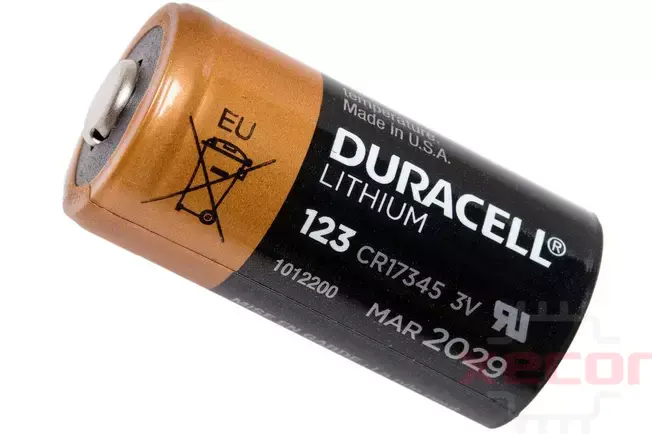
The CR123 battery is also a lithium battery but larger than CR2 batteries. It has a diameter of around 17mm and a height of about 34mm, providing a higher power output than CR2 batteries.
Due to their larger size, CR123 batteries offer a longer runtime and higher capacity, making them suitable for devices that require more power, such as digital cameras, tactical flashlights, laser pointers, and electronic toys.
Their power capacity typically ranges between 1,500 mAh and 2,500 mAh. Most brands of CR123 batteries can operate at continuous currents between 1,000 mA and 2,000 mA, with pulse currents up to 3,000 mA.
The mAh rating indicates that most of these batteries can power a device drawing 100 mA for up to 30 hours.
Note: Milliampere hours (mAh) measure the battery's energy capacity, indicating how much power you can draw from it and for how long.
CR2 vs. CR123: Specifications
| Specification | CR2 | CR123 |
| Voltage | 3V Lithium Battery | 3V Lithium Battery |
| Diameter | 15.1mm | 16mm |
| Height | 26.7mm | 35mm |
| Operating Temperature | -40°C – 60°C | -40°F to 140°F |
| Normal Weight | 11g | 16g |
| Application | photo cameras, LED flashlights, light meters, toys, clocks, and other photo equipment. | photo equipment, camera equipment, smart sensors, light meters, security cameras, LED flashlights, night vision goggles, Arlo cameras. |
| Other Names | / | CR123A, DL123A, K123A, EL123AP, VL123A, 5018LC, and CR17345. |
CR2 vs. CR123: Size & Dimensions

The CR123 battery measures 34.5mm in length and 17mm in width, while the CR2 battery is 27mm long and 15.6mm wide. Due to these size differences, it may be impossible to replace a CR2 battery with a CR123.
CR2 vs. CR123: Capacity
CR2 and CR123 batteries exhibit a significant capacity difference, both measured in milliamperes. CR2 batteries have a capacity of 600-900mAh, while CR123 batteries have a capacity of 700-1700mAh.
As a result, CR2 batteries would power devices for a shorter duration than CR123 batteries. The capacity of these batteries does not affect their effectiveness but rather determines how long they can last before needing to be recharged.
CR2 vs. CR123: Life Span
CR2 batteries typically have a shelf life of 3–10 years, depending on the battery's chemistry and storage conditions. For instance, CR2 lithium 3-volt batteries may last around 2–3 years. However, the actual lifespan of a CR2 battery can vary based on its usage.
Similarly, CR123 batteries also have a shelf life of up to 10 years when stored at temperatures below 60°C.
In terms of usage in devices, both types of batteries are long-lasting. The specific lifespan can vary depending on the device and the manufacturer. For instance, they can power an alarm system for up to five years.
CR2 vs. CR123: Equivalents
CR2 Equivalents
Alternative options to the CR2 battery include the DLCR2, KCR2, ECR2, 1CR2, and 5046LC batteries, which are all direct replacements and considered primary (non-rechargeable). For rechargeable (secondary) options, you can use the 15270 and 15266 batteries. Although the rechargeable versions may have slightly lower capacity (mAh) than the non-rechargeable ones, they are still compatible with the same devices. While the non-rechargeable CR2 battery may offer a longer single-use life, opting for the rechargeable version can save you money in the long term.
CR123 Equivalents
Alternative options to the CR123 battery include the CR123A, DL123A, and SF123A batteries; when selecting an equivalent for a CR123 battery, ensure the replacement has the same voltage and dimensions as the original. Some rechargeable batteries share the size of CR123 batteries but operate at a different voltage (typically 3.7 volts). It's important not to use these batteries as replacements in devices not designed for them.
CR2 vs. CR123: Applications
CR2 Applications
The CR2 battery finds applications in the military, industrial, medical, and consumer sectors. Military applications include weapons lights, optics, laser rangefinders, laser designators, and communications devices. In the medical field, CR2 batteries power alarm systems and various instruments. Industrial and consumer uses range from lights and alarms to cameras and memory backup applications.
CR123 Applications
CR123 lithium batteries are renowned for their cold resistance, making them ideal for tactical flashlights, pocket flashlights, LED headlamps, and lanterns, among other applications. The use of lightweight materials in Panasonic CYLINDRICAL LITHIUM CR123 batteries makes them suitable for small cameras and portable lighting systems. These batteries are also commonly used in safety equipment, security sensors, and smoke detectors.
CR2 vs. CR123: What's the Difference?
1. Distinguishing Features
- Size, Capacity, and Runtime
The compact CR2 is tailored for devices where space is at a premium, while the CR123 outshines in terms of capacity and endurance. This distinction becomes crucial in scenarios like prolonged photography sessions with professional digital cameras, where the CR123's ample capacity ensures uninterrupted operation.
- Application Range
The diminutive stature of the CR2 narrows its suitability to smaller devices, contrasting with the CR123, which is indispensable in larger, energy-hungry gadgets such as high-end tactical flashlights.
- Cost Implications
The widespread use and manufacturing scale of CR123 batteries often make them more cost-effective in bulk purchases compared to CR2, reflecting the economic impact of their broader application.
2. Common Ground
- Voltage Uniformity
Both types deliver a 3-volt output, meeting the power requirements of various devices. Yet, decisions on which battery to use frequently hinge on factors like size and energy capacity.
- Lithium Chemistry
Their lithium base provides a high energy density, making these batteries ideal for powering lightweight devices over extended periods.
- Disposable Design
Primarily non-rechargeable, CR2 and CR123 batteries offer the advantage of lower self-discharge rates, which translates to longer lifespans and reliability for critical applications in medical and security systems.
3. The Interchangeability Issue
Despite their similarities, CR2 and CR123 batteries are not universally interchangeable, mostly due to differences in size, which can lead to compatibility problems:
- Compatibility Issues
The disparity in physical dimensions means a CR2 cannot be used in a device designed for a CR123, as seen with CR123-specific flashlights.
Safety and Performance Concerns: Using the wrong size battery may lead to poor electrical connections, risking device failure, overheating, or even chemical leaks, compromising both the device's functionality and user safety.
CR2 vs. CR123: What are the Similarities?
1. Both are 3-volt batteries.
The primary similarity between these two batteries is their voltage. They both operate at 3 volts, meaning they can be used interchangeably in devices that require this specific voltage. It's crucial to replace a 3-volt battery with another 3-volt battery to avoid damaging the device.
2. Both are lithium batteries.
Another commonality is that both CR2 and CR123 batteries are lithium-based. Lithium is chosen for its lightweight properties and high energy density, making these batteries suitable for various electronic devices.
3. Both are non-rechargeable.
Both types of batteries use non-rechargeable technology. This means they cannot be recharged once depleted. However, they have a low self-discharge rate, losing only around 5% of their charge per month, which contributes to their longer runtime compared to other batteries of similar size.
These shared characteristics make CR2 and CR123 batteries versatile and reliable power sources for a wide range of devices.
CR2 vs. CR123: Comparison Table
| Features | CR2 | CR123 |
| Chemistry | Lithium Manganese | Lithium Manganese |
| Size | Smaller | Larger |
| Voltage | 3V | 3V |
| Capacity | Lower | Higher |
| Runtime | Shorter | Longer |
| Weight | Lighter | Heavier |
| Common Brands | Panasonic, Duracell, and Energizer | Duracell, Energizer, SureFire |
| Price | Cheaper | More expensive |
CR2 vs. CR123: Which One Should I Choose?
Many people consider CR123 batteries superior to CR2 batteries. This belief stems from the CR123's slightly larger size and higher energy capacity. On average, CR123 batteries have 60% more power than CR2 batteries.
The CR123 also outperforms the CR2 in terms of its significantly higher current output, providing devices with more power. For example, if your flashlight uses CR123 batteries, it will emit a much brighter light than CR2 batteries.
However, the choice between CR123 and CR2 batteries depends on the specific requirements of the device. If the device is designed for smaller batteries, CR2 batteries are the better choice. It's important to follow the manufacturer's recommendations for optimal performance. While CR123 batteries may offer more power, their larger size may not be suitable for devices designed for CR2 batteries. Ultimately, the best choice depends on the compatibility and specifications of the device.
Are CR2 and CR123 Batteries Interchangeable?
Many people need clarification and think that CR2 and CR123 batteries can be used interchangeably. Both are commonly used in handheld devices such as flashlights, camera flashes, and gaming console controllers.
Both types of batteries have high power and can hold a charge for a long time. However, it's important to note that despite both being 3-volt batteries, they differ in size. Therefore, you may not be able to replace a CR2 battery with a CR123 battery.
Conclusion
Batteries are a readily available form of power source that can be used immediately. Knowing the correct battery size for your device is crucial. The challenge arises when deciding on the specific type of battery required for your device.
Your decision should be based on factors such as power output, the size and storage capacity of your device, and the type of battery required. It's not just about the amount of power a battery can provide; it's also about understanding your device's power needs and selecting a battery that meets those requirements.
Choosing between CR2 and CR123 batteries depends on your electronic devices' specific needs. While CR123 batteries typically offer higher energy capacity and current draw, making them suitable for high-power applications, CR2 batteries are more suitable for devices with limited space. Whether you're powering a flashlight, camera, or other electronic device, understanding the differences between CR2 and CR123 batteries allows you to make informed decisions based on your devices' size, power requirements, and compatibility needs.
Read More
FAQ
-
What does CR stand for in battery?
The prefix CR is an International Electrotechnical Commission (IEC) designation indicating that the battery utilizes lithium chemistry, specifically LiMnO2 (Lithium-Ion Manganese Oxide).
The letter C indicates Lithium, while R signifies that the batteries are round. The subsequent numbers describe the battery size. For instance, 123A denotes a battery that is two-thirds the size of a standard A battery. Some manufacturers may omit the A at the end.
-
Can you use a CR123 instead of a CR2?
CR2 and CR123 batteries are not interchangeable because of their size differences. Although both batteries have a similar voltage of 3 volts, their physical dimensions vary significantly.
-
Is there a difference between CR123 and CR123A?
One could argue that the only significant difference between CR123 and CR123A is the letter A. In terms of functionality, performance, lifespan, and chemistry, they are essentially the same.
-
Why are CR123 batteries so expensive?
CR123 batteries are generally more expensive than many other types of batteries due to their specialized design. These lithium batteries are specifically designed for high-performance applications.
-
What is the best battery brand for CR2?
Panasonic, Duracell, or Energizer.
-
Are CR2 batteries rechargeable?
No, CR2 batteries are non-rechargeable. They are intended for single-use applications and should be disposed of responsibly after use.
-
What is the lifespan of the CR2 battery?
Usually 2-3 years.
-
Where can I recycle CR2 and CR123 batteries?
To support environmental sustainability, it's important to recycle batteries correctly. Many local recycling centers and retailers have battery recycling programs. You can also find recycling locations near you by visiting websites like Call2Recycle.

 Dr. Benjamin Foster
Dr. Benjamin Foster
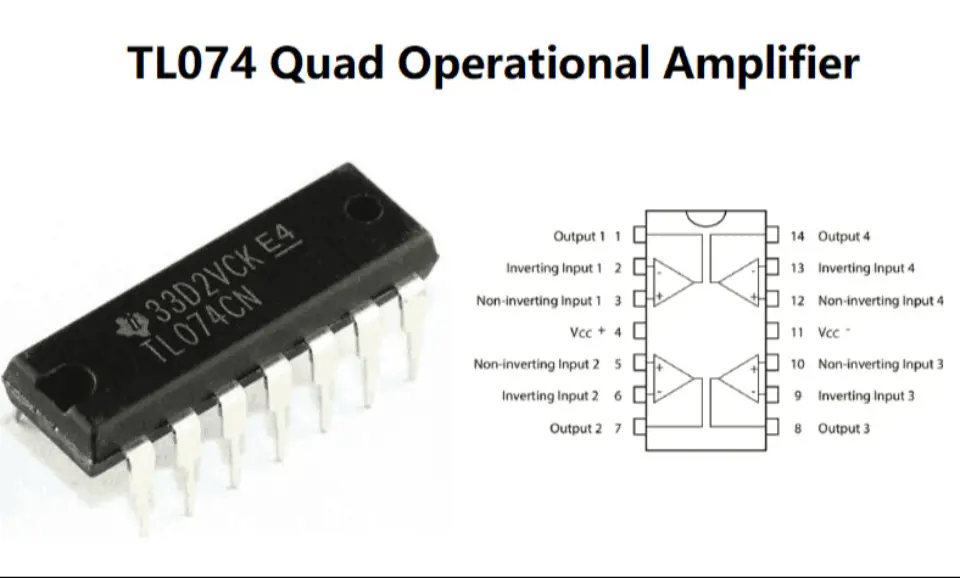
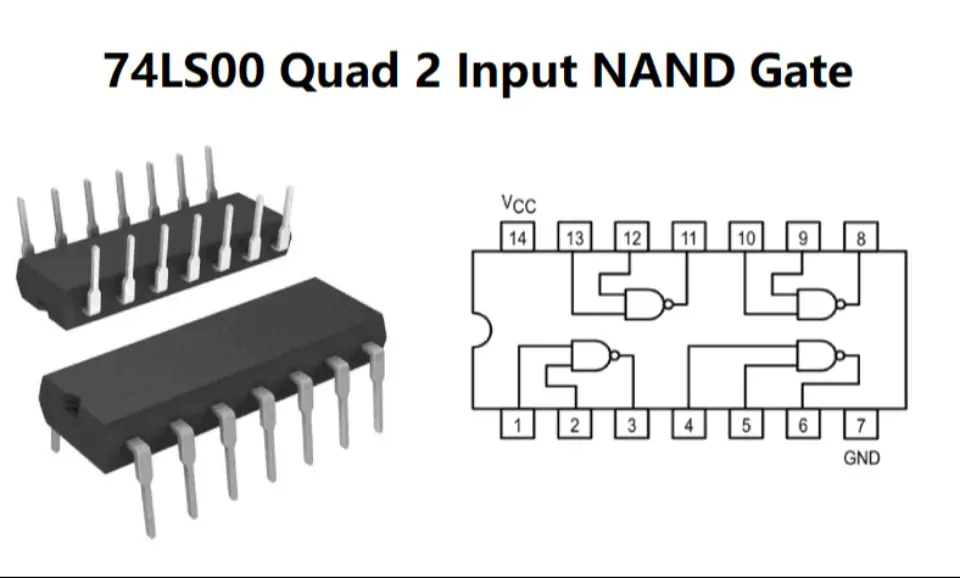
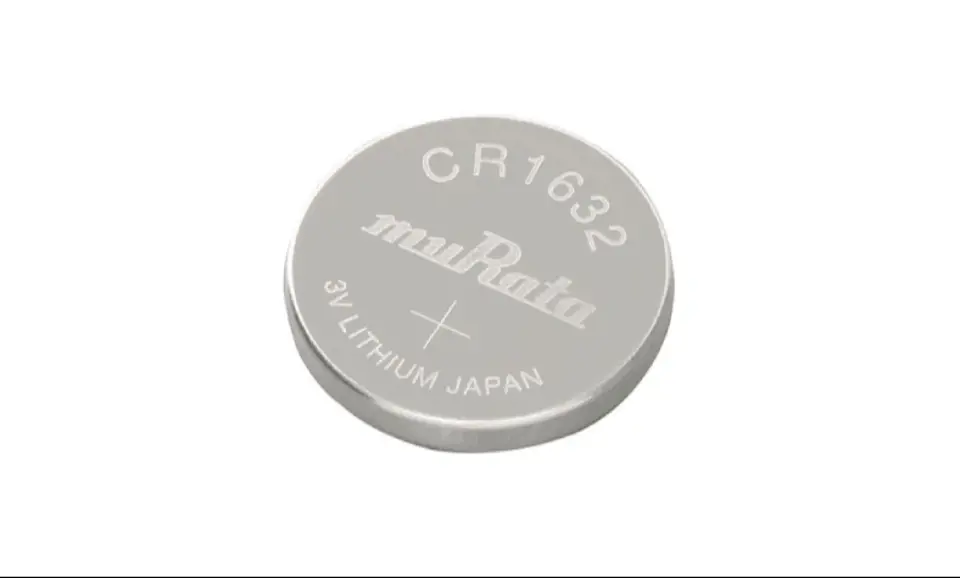
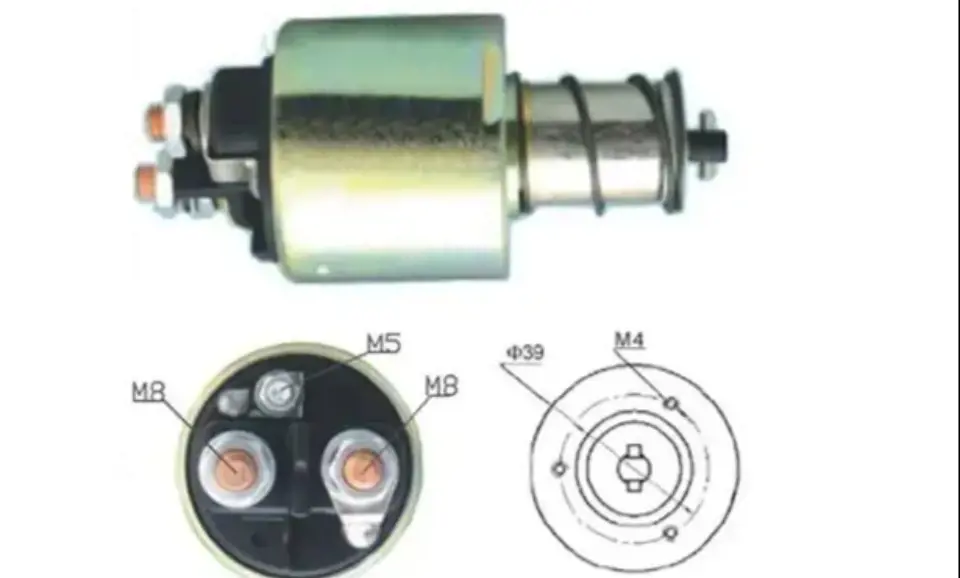
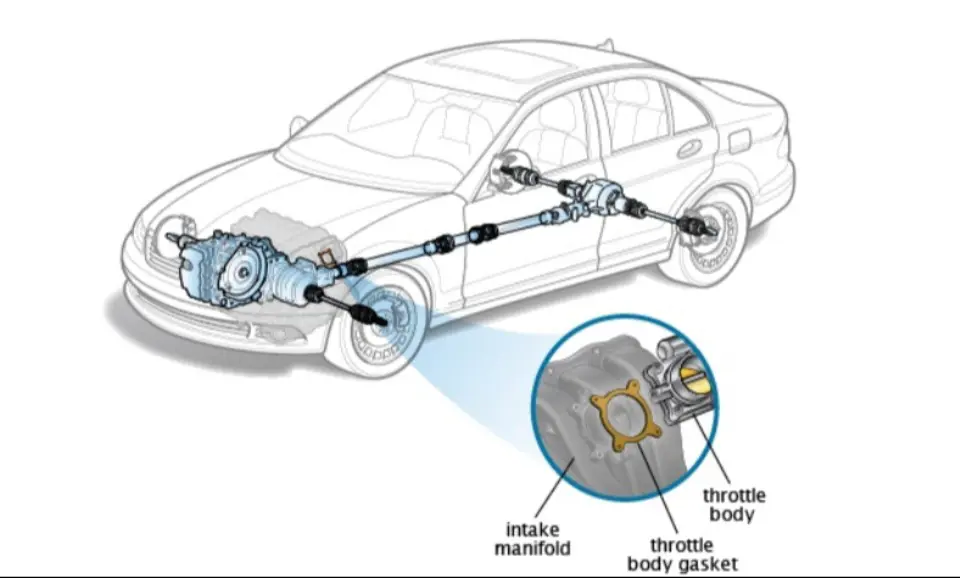
Still, need help? Contact Us: [email protected]